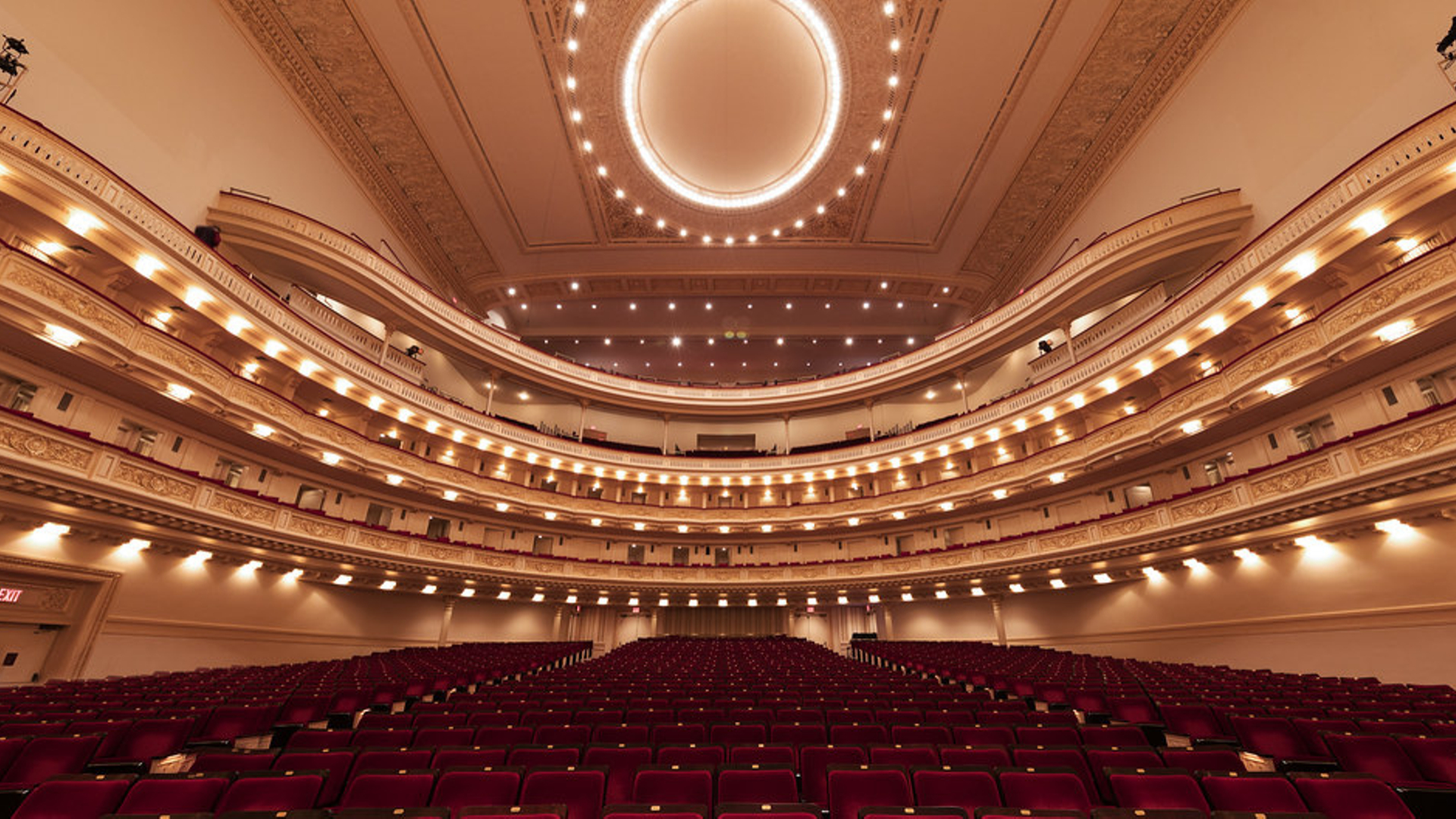Carnegie Hall Launches New Digital Collections Preview, Invites Public to Search & Explore Select Archival Collections Online For the First Time
The Collection Features Over 80,000+ Historic Items That Can Be Searched and Shared for Free
Carnegie Hall announced its launch of its new online Digital Collections in early October, inviting the general public to search, explore, and download more than 80,000 unique, recently digitized historic items from its archives for the first time ever.
The recently digitized historical collection includes original concert programs dating from Carnegie Hall’s Opening Night in 1891 Through 1925, along with photographs, correspondence, press clipping, flyers, booking ledger pages, promotional films, autographs and more.
This initial preview—which was drawn from Carnegie Hall’s legacy collection—will offer the public a window into the historical events at the Hall since its opening in 1891. The goal of this digital initiative? To provide the public with broader, easy-to-use access to the Hall’s archival collection in order to provide a way for people to engage and share the Hall’s history with each other.
The collection is exceptionally broad, filled with items dotting the varied eras. Examples of unique items that are featured in the preview include a 35mm black and white video of mezzo-soprano Jennie Tourel performing in 1953, a flyer for an all-Richard Strauss program conducted by the composer himself, the previously unpublished correspondence from sixty composers including Alban Berg, complete autograph album of Louis Salter (former Carnegie Hall manager), and so much more!
The general public is free to access the Digital Collections Preview for free at any time—here, they can download items selected for this first release (all classified as either being in the public domain under US laws or without known copyright restrictions).
The Archives asks just one thing from the public in this release of the first searchable collections—feedback on how they wish to engage with the Hall’s history moving forward. There will be an online survey helping the Archives accomplish this goal that aims to refine the user experience and plan for later release of new material.
“The story of Carnegie Hall is fascinating from so many vantage points,” said Gino Francesconi, Director of Carnegie Hall’s Archives and Rose Museum.
“The Hall’s collections mirror the evolution of New York City in the 20th century and reflect a myriad of social, cultural, and political developments over the decades. Most importantly—as the Hall has always been the destination for the greatest artists—it provides a sweeping view of how music has developed over the last century, not only in America, but around the world."
Through each of the Hall’s digital initiatives, the overall goal is to expand the circle of people everywhere that can engage with the Hall and its programs, said Clive Gillinson, the Hall’s Executive and Artistic Director.
“The Hall’s history has been an important touchpoint for so many people around the world who love great music. I congratulate Gino Francesconi and his Archives team for their hard work in making these legacy collections more accessible than ever before. We especially send a huge thank you and our deep appreciation to Vartan Gregorian and the Carnegie Corporation of New York, Susan and Elihu Rose, and The Andrew W. Mellon Foundation, who have been strong advocates and supporters of this project from the very start, along with the National Endowment for the Humanities.”
The Carnegie Halls Archives was established in 1986 as a preparation for the Hall’s centennial celebration in 1991. In the past 30 years, Francesconi has re-constructed the Hall’s history to collect hundreds of thousands of items related to over 50,000 performances and events in its concert halls.
“Over the decades, Carnegie Hall’s audience has been so incredibly generous in contributing materials, helping us build this collection,” said Mr. Francesconi.
“In making them digitally accessible, it’s exciting to now be able to give something back, inviting everyone to be able to share and explore this remarkable history together.”

